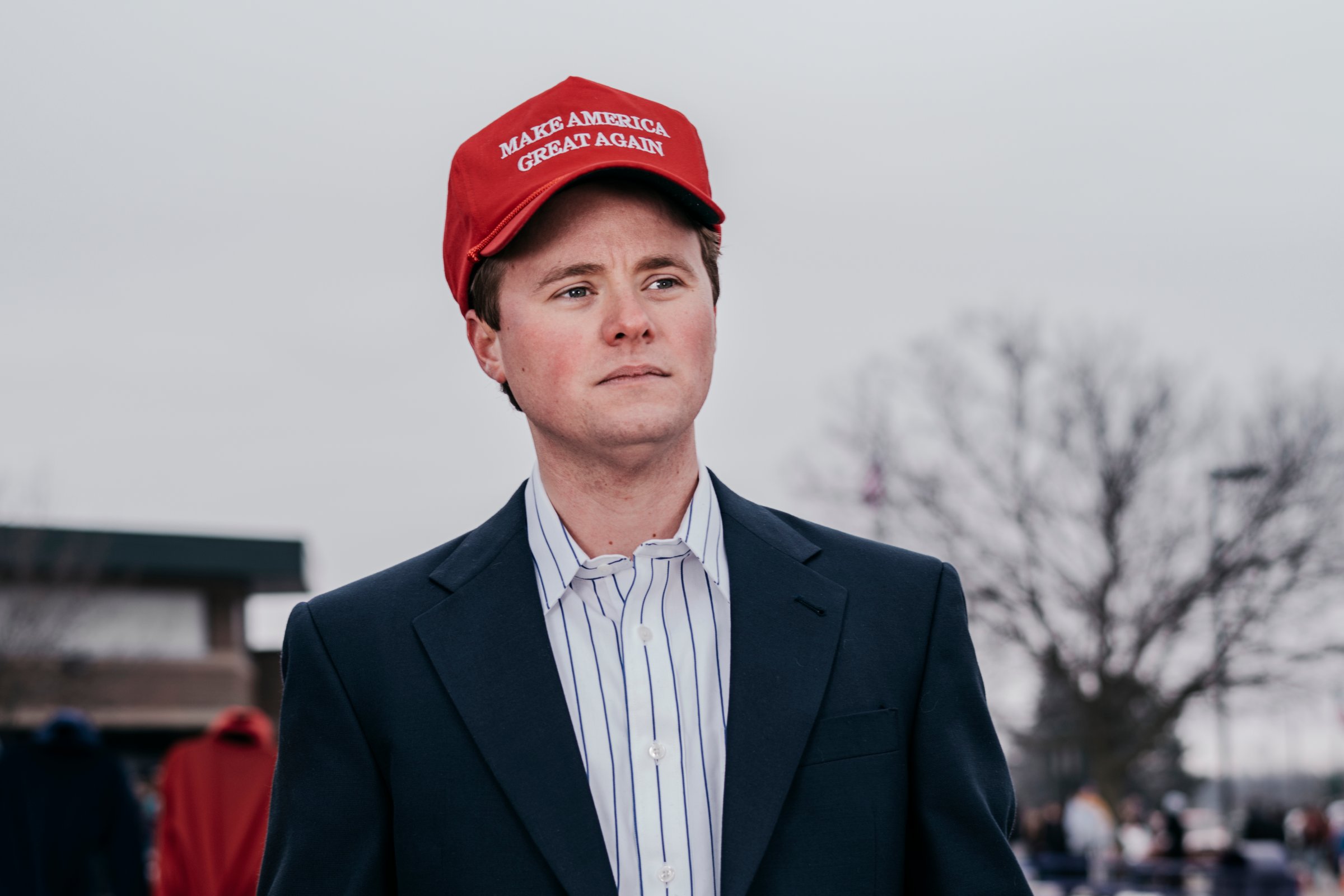
If a wave of political newbies come in from the cold, both the Republican and Democratic parties are in for a very long, and very frustrating, campaign, writes Philip Elliott in the Feb. 8 issue of TIME, in an article that accompanied these photographs shot by Benjamin Rasmussen.
The credit for that—or, depending on your viewpoint, the blame—goes to [Donald] Trump and Bernie Sanders, and Iowa is just the first test for gauging their real appeal. From opposite ends of the spectrum, both have promised to remake the nation with a populist revolution. You could call their supporters the Apprentice Voters: the fed-up, the tuned-out, the frustrated flock who want their elected leaders to respond to their teeth gnashing to do something. They were more likely to watch Trump host The Apprentice than to attend one of his rallies last year. But not anymore.
At more than 100 rallies TIME has attended over the past year, there is plenty of evidence that this diffuse tribe of political neophytes not only exists but is growing. Its numbers are hard to measure, and its commitment is anything but certain. In interviews, voters confide that they are novices at politics, only to make clear that they are hardly naive. Some are driven by anger and pride, or frustration and fear that are new to them. Most will say that the system is rigged against them, that the wealthy are winning while the middle class falters, and that they are worried about the lives and fortunes of their children. They are steered by neither party nor ideological strain, and they are moved by the certainty of men like Sanders and Trump.
“These supporters feel that their vote is important to the future of the country,” says Rasmussen, a Denver-based photographer. “They seem empowered and feel like their involvement will make a difference, whether it is as an Iowa caucus voter, a volunteer or just a advocate. To me, this is so counter cultural and refreshing. David Foster Wallace wrote that, ‘lazy cynicism has replaced thoughtful convictions as the mark of an educated worldview,’ and I feel like this is so prevalent in how people approach politics. But these supporters were braving the Iowa cold because of their convictions.”
Like many outside observers, Rasmussen was prone to generalize about the type of people attending the candidates’ events – “The parking lots a Trump’s rallies had more pickup trucks and the crowds at Bernie’s had more young people,” he says – but these clichés fell apart once he pulled people aside to photograph them. “So many people countered the stereotypes,” he tells TIME. “There were Nick and Rob McNamara, 28, who had read every Trump book and come from Chicago to see him, but worked in vegetarian food sales. At a Bernie rally we met Jean Webber, a retired waitress from a town of 6,000 who wanted to see what the candidate would do for senior citizens. The individual stories made the movements behind the candidates make much more sense.”
– with Olivier Laurent.
Benjamin Rasmussen is a photographer based in Denver.
Paul Moakley and Chelsea Matiash, who edited this photo essay, are respectively TIME’s deputy director of photography and TIME’s deputy multimedia editor.
Philip Elliot is TIME’s Washington correspondent.
Follow TIME LightBox on Facebook, Twitter and Instagram.

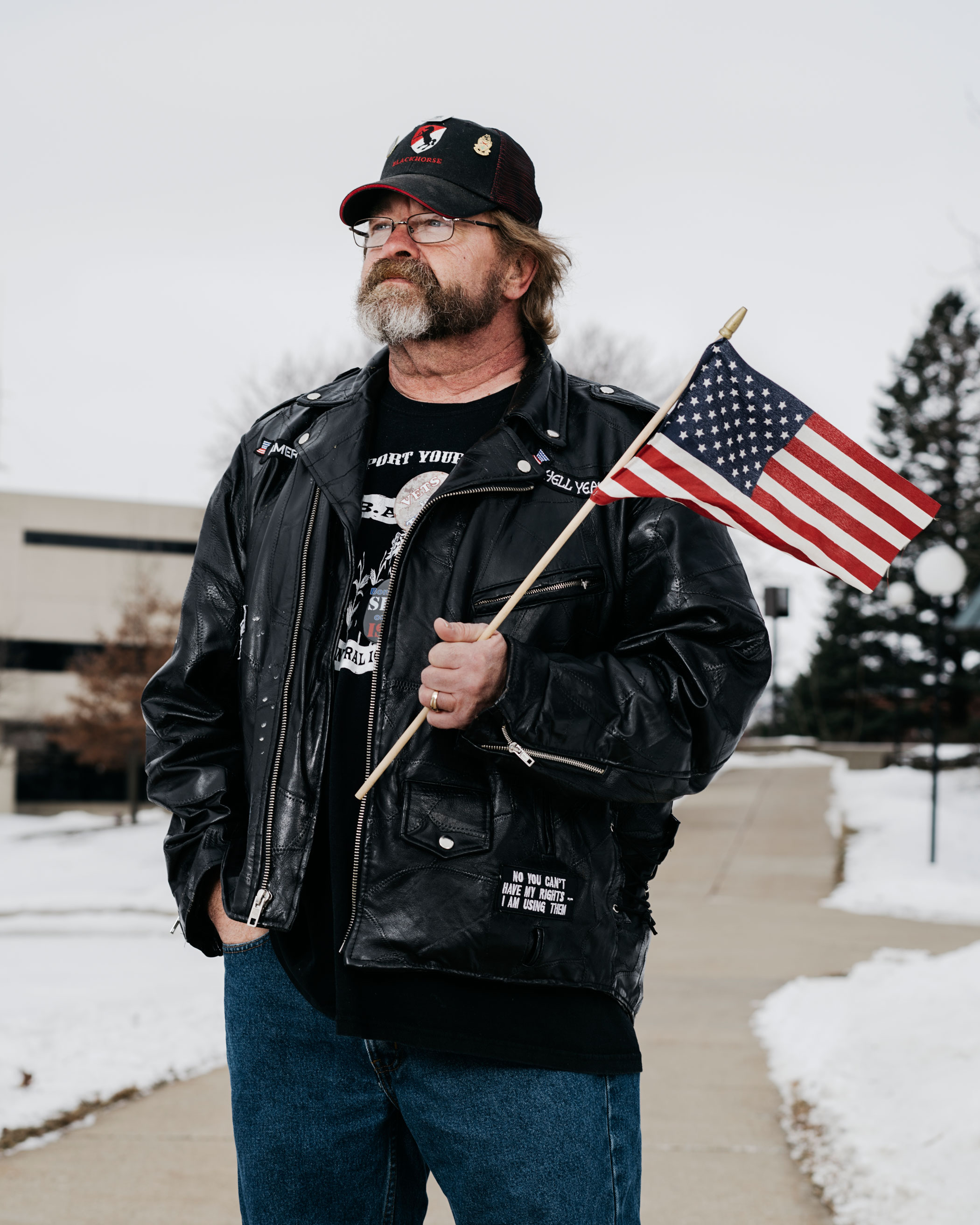


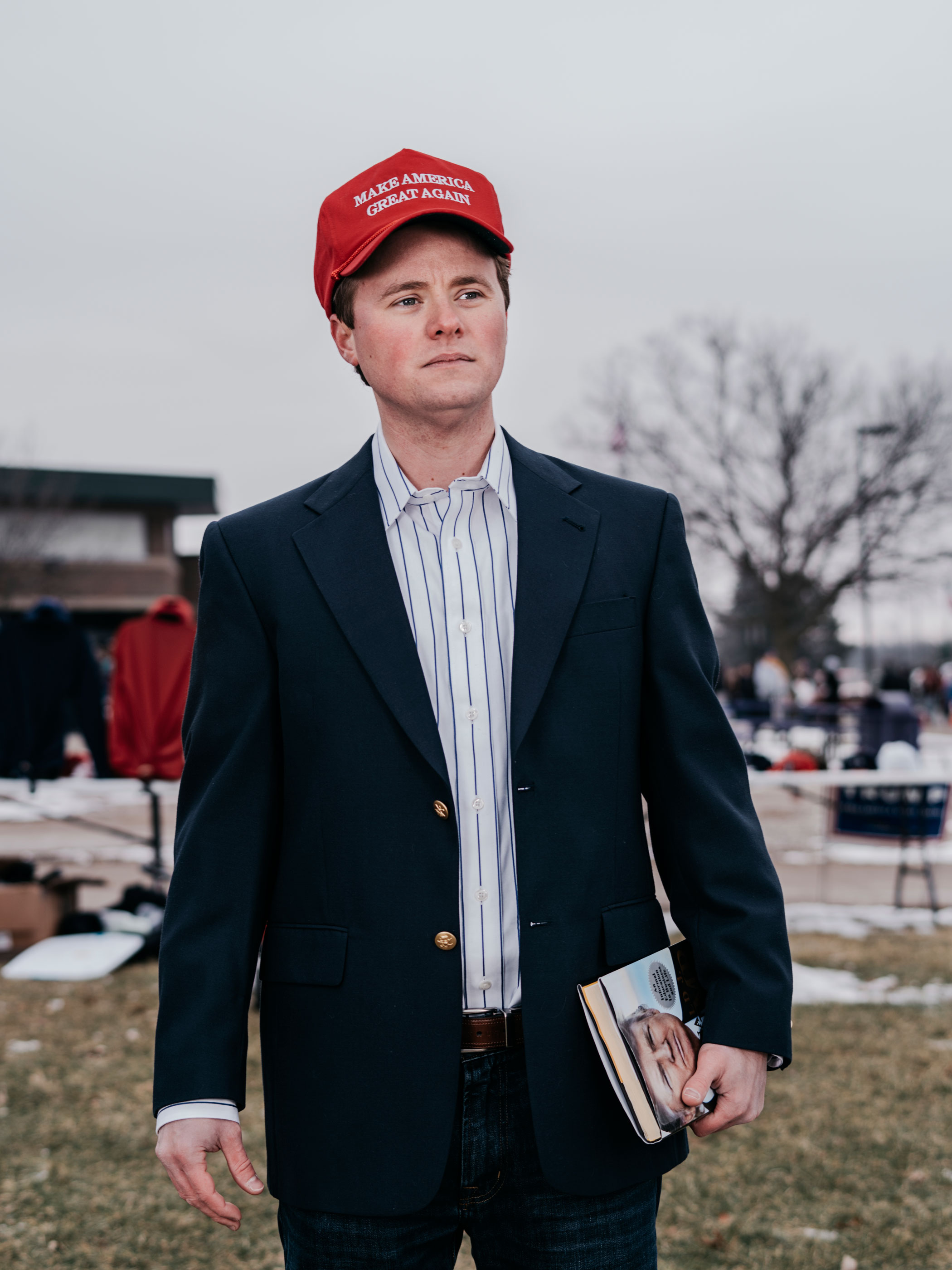
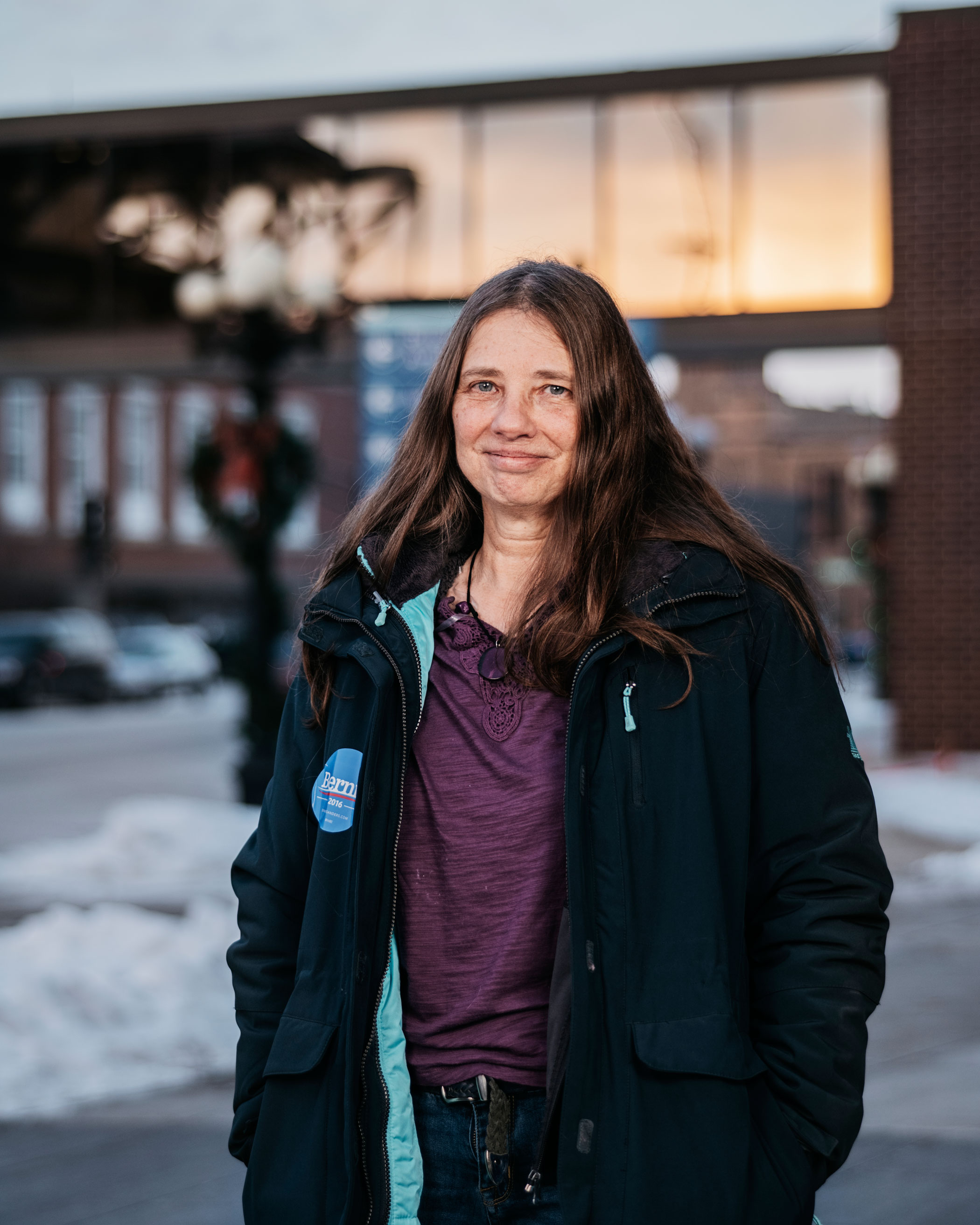
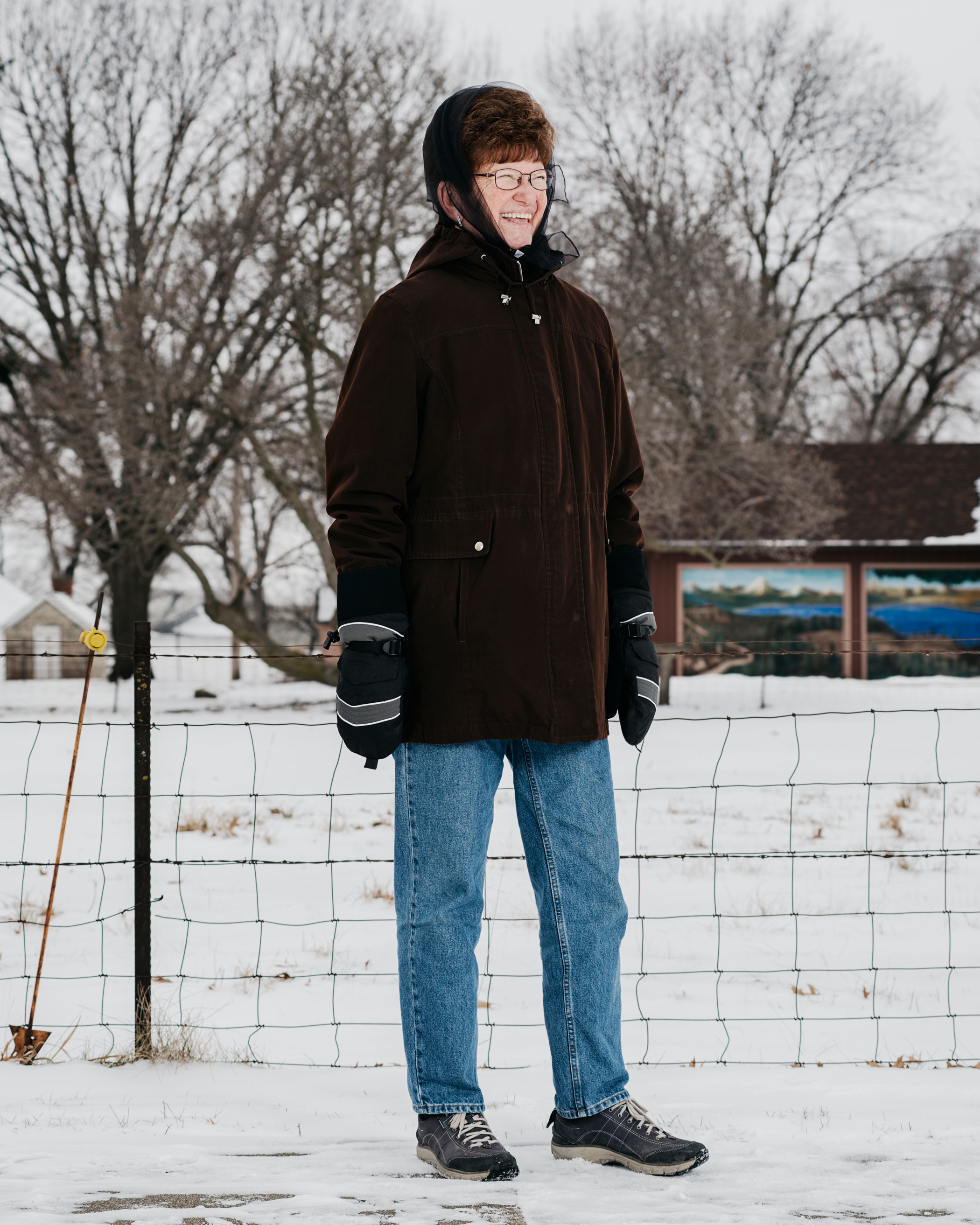
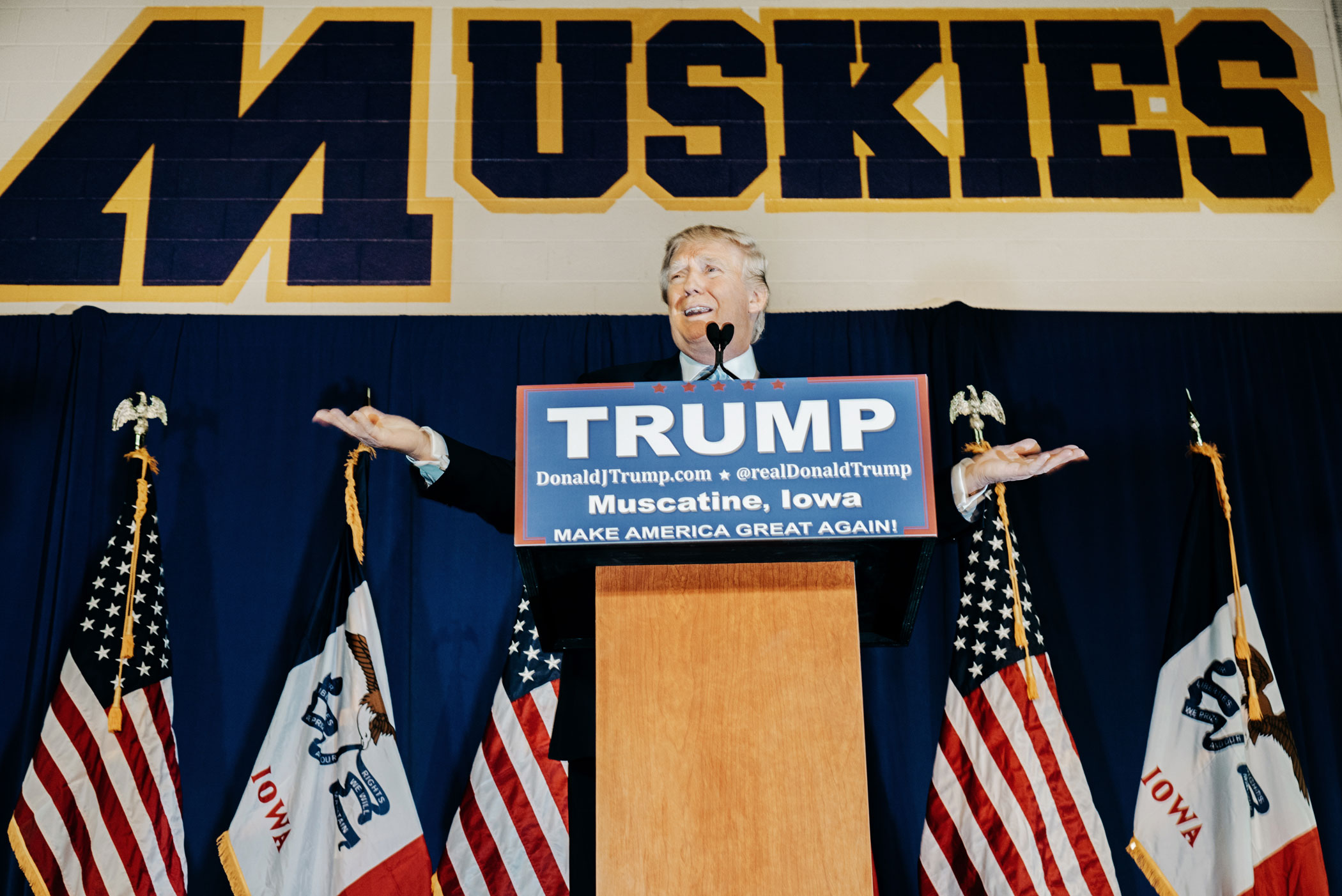


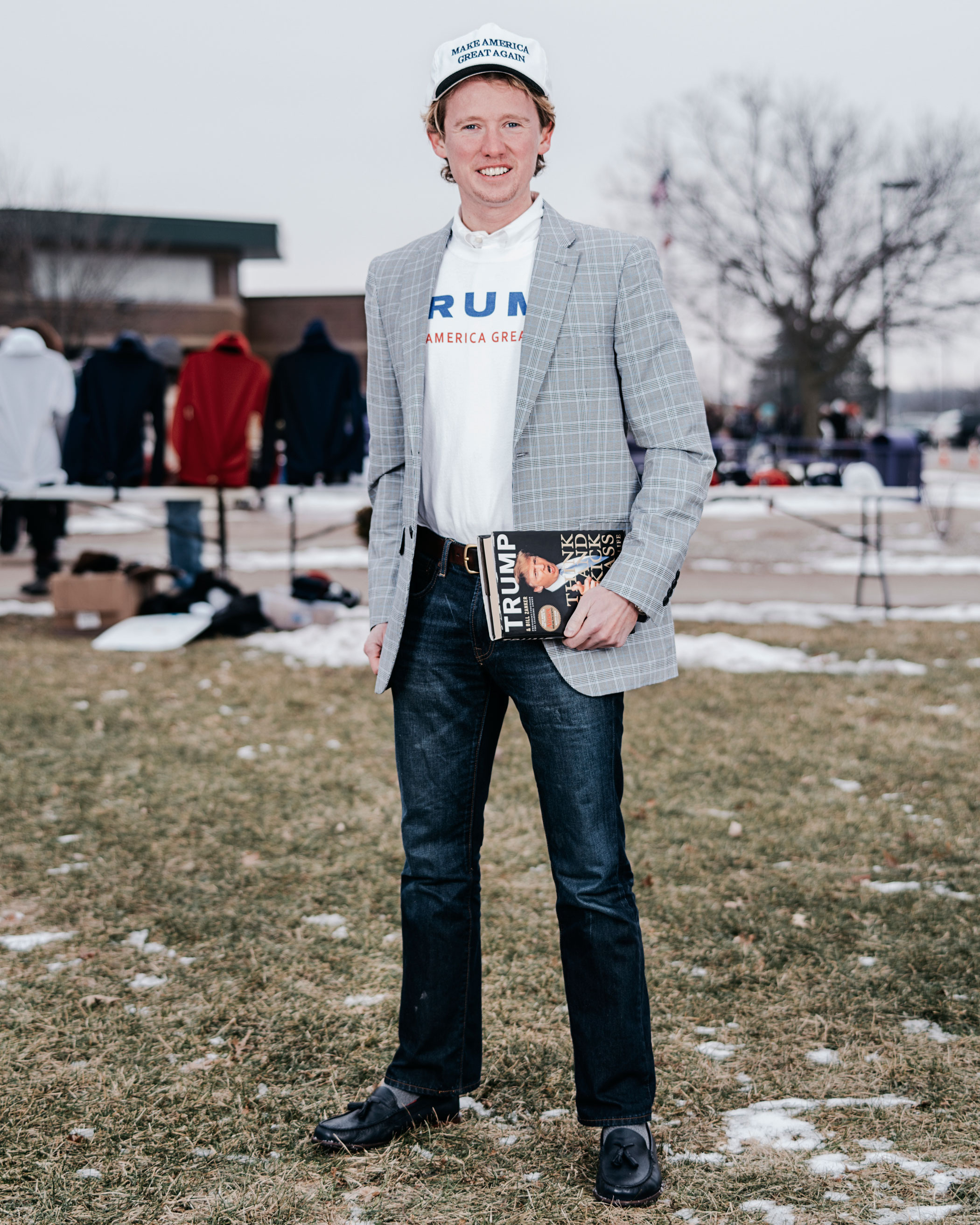
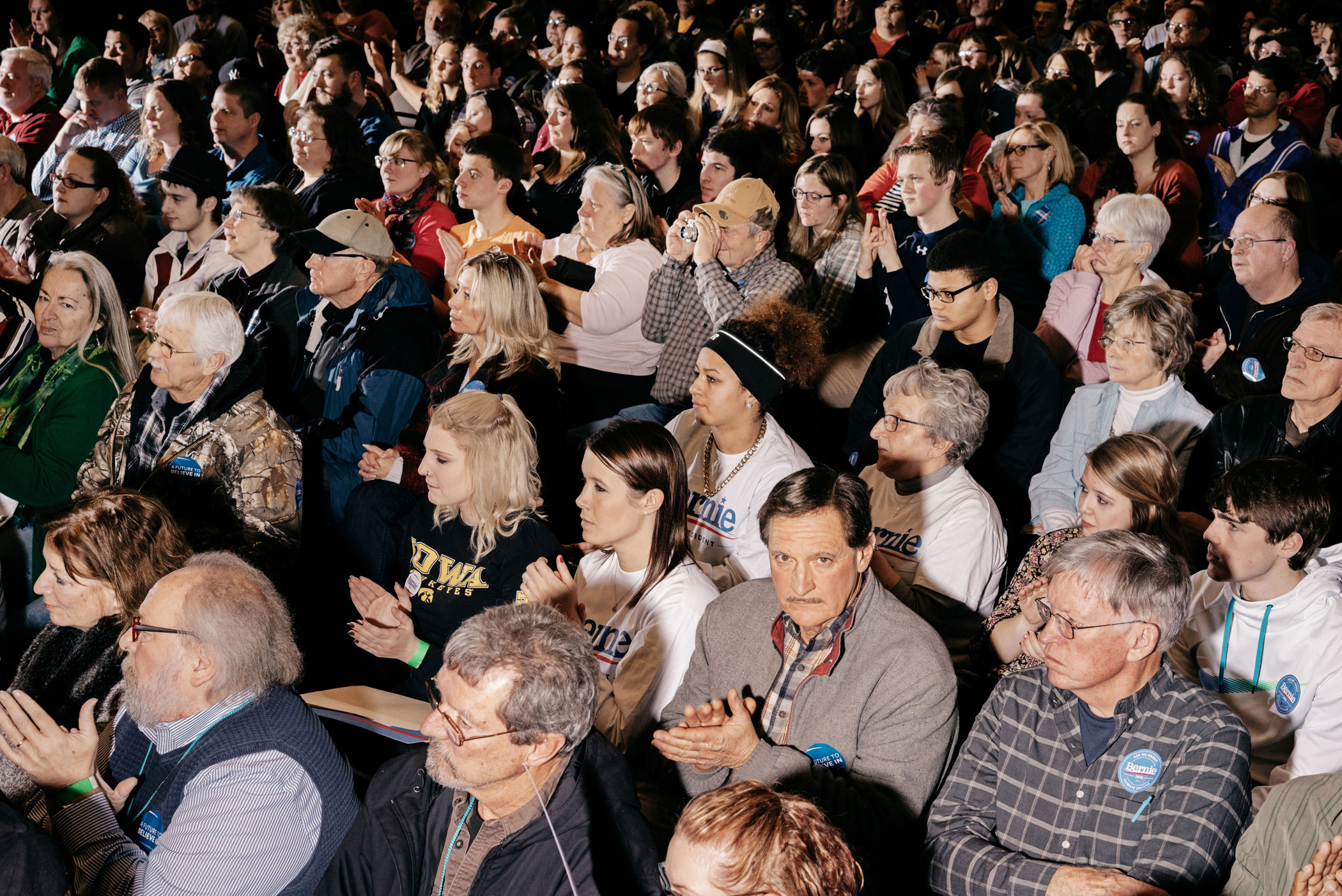
More Must-Reads from TIME
- Cybersecurity Experts Are Sounding the Alarm on DOGE
- Meet the 2025 Women of the Year
- The Harsh Truth About Disability Inclusion
- Why Do More Young Adults Have Cancer?
- Colman Domingo Leads With Radical Love
- How to Get Better at Doing Things Alone
- Michelle Zauner Stares Down the Darkness
Write to Philip Elliott at philip.elliott@time.com